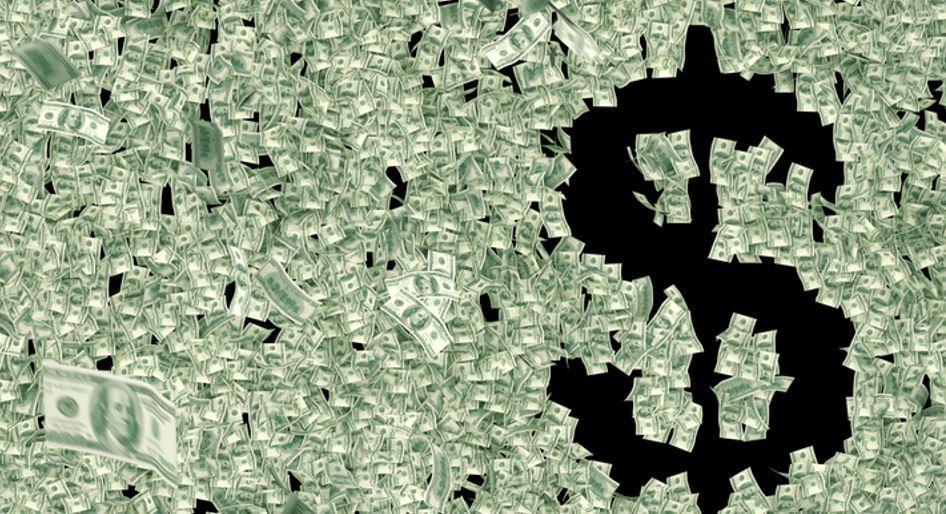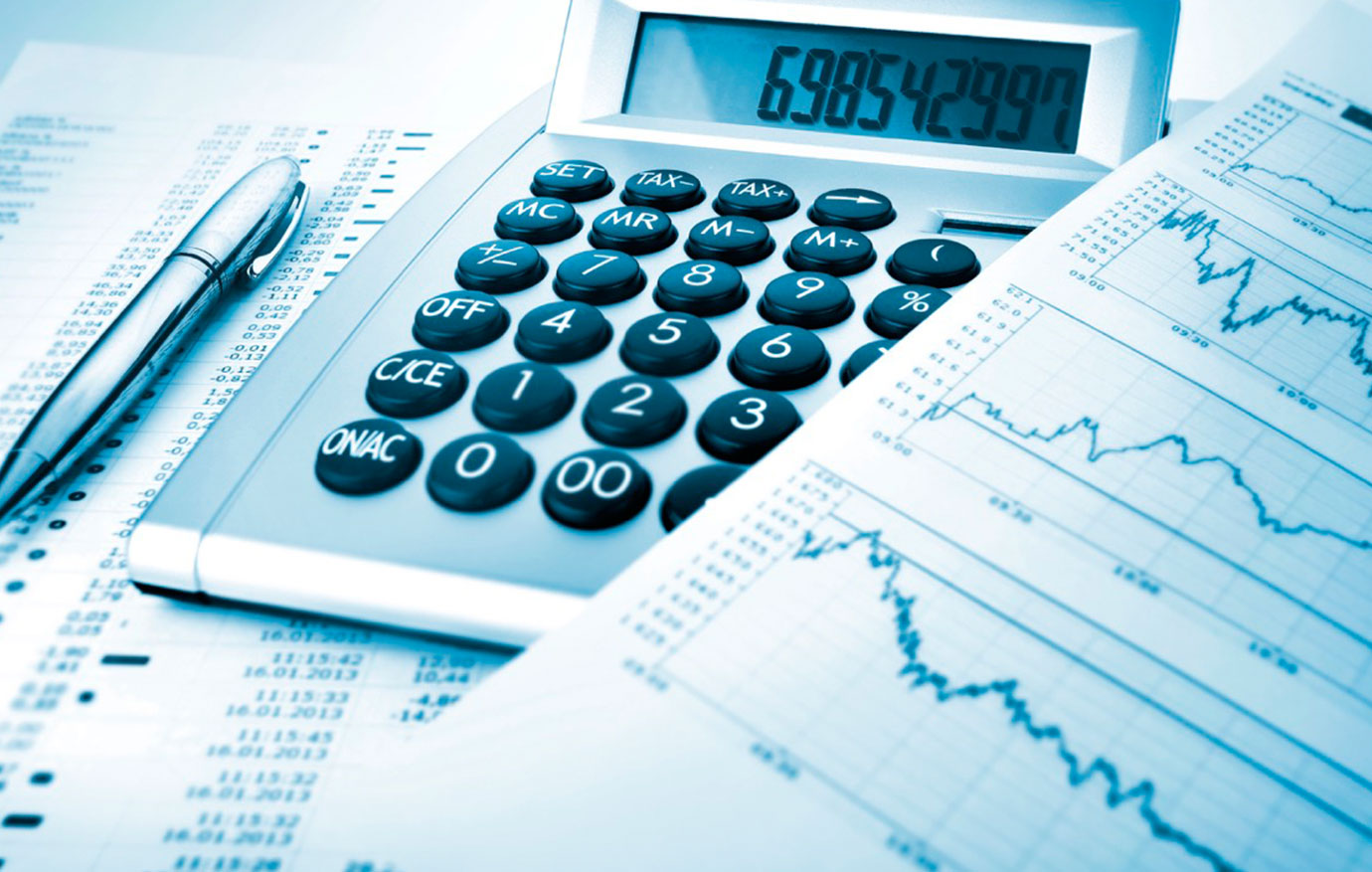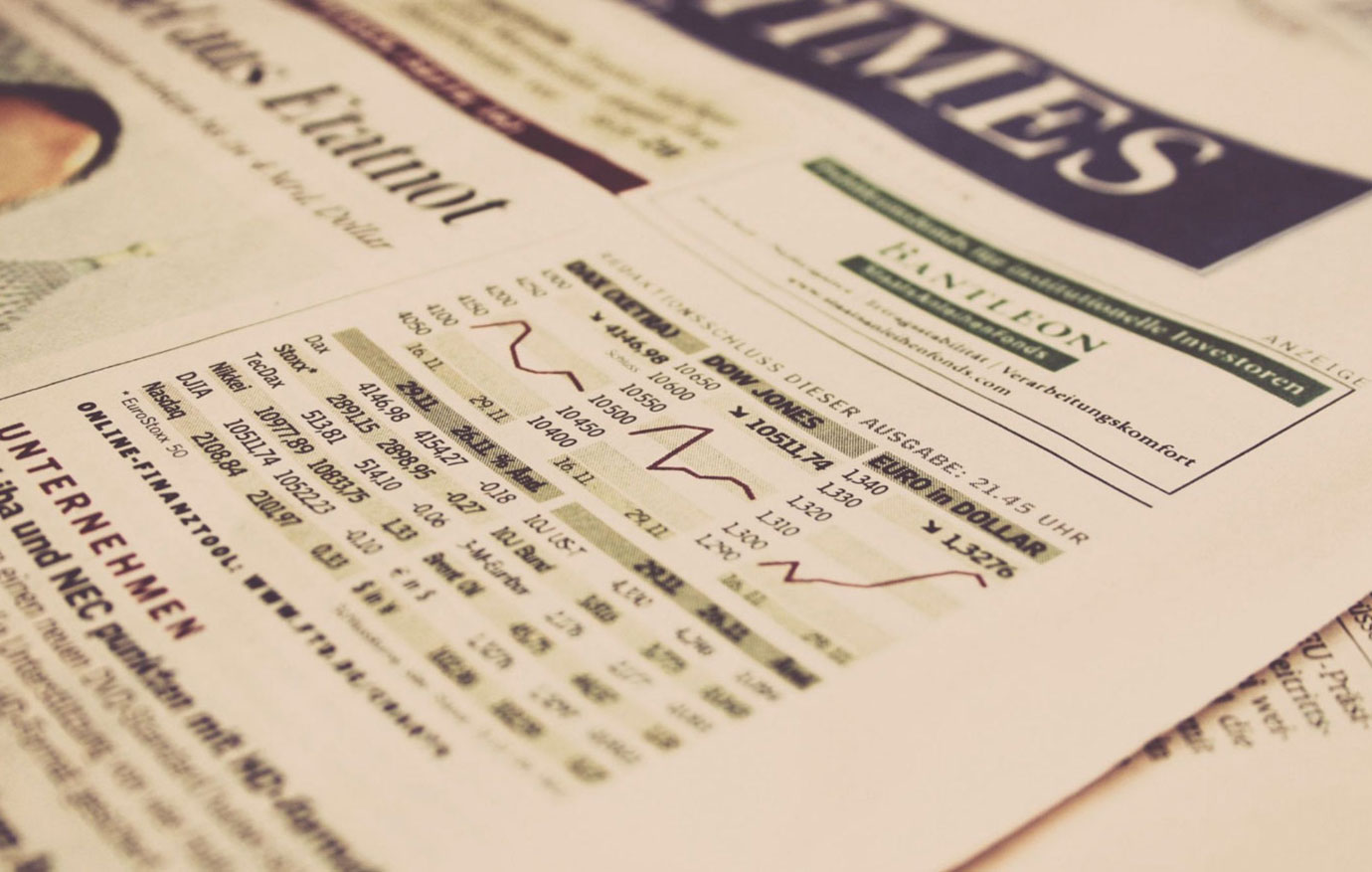
How GDP Stats Create the Illusion of Fed-Fueled Economic Growth
Most experts tend to assess the strength of an economy in terms of real gross domestic product (GDP). The GDP framework looks at the value of final goods and services produced during a particular time interval, usually a quarter or a year. The GDP is formed as the summation of consumer outlays on goods and services; outlays by businesses on plants, machinery, and inventories; outlays by government; and exports less imports.
An increase in consumer outlays, businesses investment, and government outlays strengthens the economy as described by the GDP statistic. In addition, whenever the exports-imports differential shows a strengthening, the GDP statistic follows suit.
In this way of thinking, an increase in the components of GDP causes an increase in the overall demand in the economy for goods and services. As a result, it is held, this causes an increase in the supply of goods and services. Increases in demand result in increases in the overall supply.
It is also held that by means of monetary pumping by the central bank, the GDP growth rate can be pushed higher. By this reasoning, in response to the increase in money supply, consumers are going to attempt to get rid of the surplus money in their pockets. Consequently, they are likely to increase their expenditure on goods and services.
Also, the overall demand for goods and services is going to strengthen with the increase in the differential between exports and imports. An increase in the differential implies a strengthening in foreigners’ demand for locally produced goods and services in relation to the domestic demand for overseas goods and services.
It seems that by influencing the components of the GDP the government and the central bank can exercise control over the economy’s growth rate. However, is this the case?
Without Savings, Economic Growth Is Not Possible
The real GDP statistic is constructed in accordance with the view that what drives an economy is not the production of wealth but rather its consumption. What matters here is the demand for final goods and services. Since consumer outlays are the largest part of the overall demand in the GDP framework, it is commonly held that consumer demand is the key driver of economic growth. All that matters in this view is the demand for goods, which in turn will give rise almost immediately to their supply.
Note that the scarcity of demand constrains the economic growth in this way of thinking. But demand is never scarce. Rather, without the expansion and the enhancement of the production structure, it is going to be difficult to increase the supply of goods and services because of the increase in the total demand.
The expansion and the enhancement of the infrastructure hinges on the expanding pool of savings. (This pool comprises final consumer goods.) The pool of savings is required in order to support various individuals that are employed in the enhancement and the expansion of the infrastructure.
Observe that savings are the determining factor as far as future economic growth is concerned. If a strengthening in economic growth requires a particular infrastructure while there is not enough savings to build such an infrastructure, the desired strengthening in the economic growth is not going to emerge. The GDP framework, however, is hostile to savings, given that in this framework more savings weakens consumption.
Also, increases in government spending result in the diversion of savings from the wealth-generating private sector to the government, thereby undermining the wealth-generating process. Likewise, the monetary pumping sets in motion the wealth diversion from wealth generators toward wealth consumers by establishing an exchange of nothing for something. Note that since government activities do not generate wealth, these activities result in consumption without a preceding production of wealth.
Likewise, increases in money supply set in motion consumption without preceding production, i.e., an exchange of nothing for something. Hence, increases in government outlays and increases in the monetary pumping result in consumption without the backup from production.
Therefore, increases in total demand caused by government spending and central bank monetary pumping are bad news for economic growth. Note that the unbacked-by-production consumption weakens the flow of savings. This in turn weakens the capital formation process, thus undermining prospects for economic growth.
Total Real Output Can’t Be Defined in a Meaningful Way
To calculate a total, several things must be added together. In order to add things together, they must have some unit in common. It is not possible however to add refrigerators to cars and shirts to obtain the total amount of goods.
Since total real output cannot be defined in a meaningful way, obviously it cannot be quantified. To overcome this problem, economists employ total monetary expenditure on goods, which they divide by an average price of goods. However, is the calculation of an average price possible?
Suppose two transactions are conducted. In the first transaction, one TV set is exchanged for $1,000. In the second transaction, one shirt is exchanged for $40. The price, or the rate of exchange, in the first transaction is $1000/TV set. The price in the second transaction is $40/shirt. In order to calculate the average price, we must add these two ratios and divide them by 2. However, $1000/TV set cannot be added to $40/shirt, implying that it is not possible to establish an average price. On this Rothbard wrote, “Thus, any concept of average price level involves adding or multiplying quantities of completely different units of goods, such as butter, hats, sugar, etc., and is therefore meaningless and illegitimate.”
Since GDP is expressed in dollar terms, which are deflated by a dubious price deflator, it is obvious that the so-called real GDP fluctuations are in response to the fluctuations in the quantity of dollars pumped into the economy.
Now, once the economy is assessed in terms of real GDP, it is not surprising that the central bank appears to be able to navigate the economy. For instance, by raising the money supply growth rate the central bank’s actions supposedly strengthen the economy. Note, that after a time lag the real GDP growth rate is going to show a positive response to this pumping. Likewise, if the central bank reduces the money supply growth rate, this is going to slow the economic growth in terms of the real GDP statistic.
Central Bank Policies and Boom-Bust Cycles
A loose central bank monetary policy, which results in an expansion of money out of “thin air,” sets in motion an exchange of nothing for something, which amounts to a diversion of wealth from wealth-generating activities to non-wealth-generating activities.
These activities are bubbles. They emerged because of the loose monetary stance of the central bank and not because of the free market. In the process, this diversion weakens wealth generators, which in turn weakens their ability to grow the overall pool of wealth.
Note that an increase in the monetary pumping caused by the loose monetary policy of the central bank lifts the monetary turnover and hence GDP. Note again that the increase in GDP here reflects the increase in bubble activities.
Once the monetary turnover is deflated by the so-called average price index this is likely to manifest itself in terms of a strengthening in real GDP. This strengthening labelled as the economic boom. Most experts and commentators see this strengthening as a factual evidence that the central bank’s loose monetary policies were successful in growing the economy.
Once however, the central bank tightens its monetary stance in response to expectations for strong increases in the various price indexes in the months ahead, this slows down the diversion of wealth from wealth producers to bubble activities. These activities are now getting less support from the money supply, so an economic bust or recession emerges.
Note that these activities were never economically viable—they could not support themselves without the diversion of wealth to them by means of an expansion in money supply. Consequently, most of these activities are likely to perish or barely survive. From this we could conclude that recessions are about the liquidation of economic activities that emerged on the back of the loose monetary policy of the central bank. This recessionary process is set in motion when the central bank reverses its earlier loose stance.
Central banks’ ongoing policies, aimed at mitigating the consequences that arise from its earlier attempts at stabilizing the so-called economy, i.e., real GDP, are key factors behind the repetitive boom-bust cycles.
Because of the variable time lags from changes in money to changes in prices and in real GDP, Fed policy makers are confronted with economic data that could be in conflict with the Fed’s targets. This forces central bank officials to respond to the effects of their own previous monetary policies. These responses to the effects of past policies give rise to fluctuations in the growth rate of the money supply and in turn to recurrent boom-bust cycles.
Even Well-Managed Bubble Activities Cannot Escape Economic Bust
Some commentators argued that well-managed businesses can escape an economic bust. But this is not going to be the case. For instance, because of the loose monetary stance on the part of the Fed, various activities emerge to accommodate the demand for goods and services of the first receivers of the newly injected money.
Now, even if bubble activities are well managed and managers maintain very efficient inventory control, this fact is unlikely to help them once the central bank reverses its loose monetary stance. Bubble activities are the product of the loose monetary stance of the central bank—they were never “approved” by the market as such. They emerged because of the increase in money supply, which gave rise to the production of goods and services produced by bubble activities.
Once the central bank monetary stance is reversed, regardless of how well bubble activities are managed, these activities are likely to come under pressure and run the risk of being liquidated. Since consumers did not allocate savings toward bubble activities, once the growth rate of money supply slows down, these activities come under pressure. Bubble activities cannot sustain themselves without support from central bank monetary pumping.



